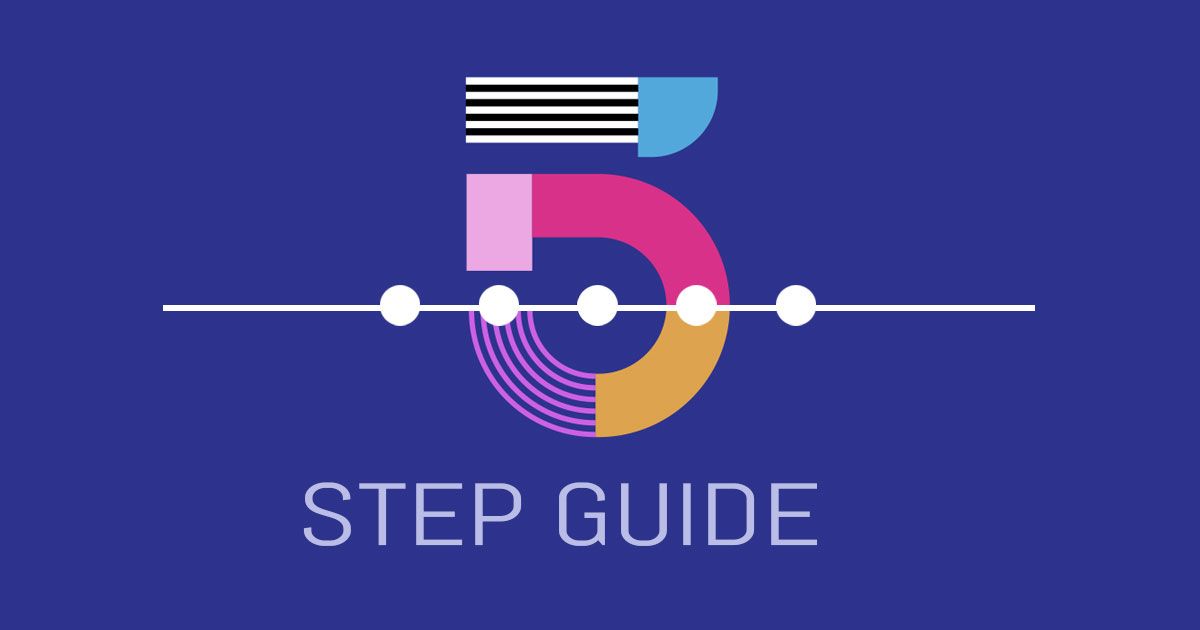A 5 Step Guide to a Successful Marketing Plan
To plan or not to plan. That should never be the question. Every successful business outcome is the result of effective planning. Marketing is no different. Quite often, the barrier to creating the plan is the belief that it must be a lengthy process involving large numbers of people over the course of several months. That approach usually leads to a marketing plan that is so complex that it is impossible for others to interpret and implement. So, nothing happens.

Instead, let’s make this process simple by following these five steps:
-
Conduct a situation analysis. To reach any destination, you first must know where you are. That is also true for a marketing plan. First, start by assessing your organization and the marketplace to determine strengths, weaknesses, opportunities, and threats (commonly referred to as a SWOT analysis).
Next, consider your competitors. How does your organization compare to the competition? Where do they have a superior position to you? In what areas do you outperform them? If you offer products, the same analysis should take place for each product.
Finally, consider where there may be gaps in your competitor’s approach. What can you offer that will give you a true competitive advantage and differentiate your offerings from theirs?
-
Define your target audience. Once you have a clear understanding of your competitive position in the market, you must define who your target audience is. This is an area that can include very detailed data or just high-level factors. The critical information that must be included involves the persona of the buyers of your products or services.
This profile should include demographic information such as age, gender, and income for personal consumers. If your audience is the commercial market, an understanding of the buyer’s “pain points” and objectives should be considered. What drives your audience? What problems do they have that your product or service solves? What is the perceived and actual value you deliver?
-
Develop your marketing objectives. As we already discussed, to reach a destination, you must know where you are. But once you know where you are, your next step is to determine where you want to go. The destination then becomes your marketing objectives.
These objectives must be specific, measurable, and have clear deadlines. One of the best ways to determine your objectives is to “begin with the end in mind.” This concept, coined by Stephen Covey in his book The Seven Habits of Highly Effective People, begins by identifying the outcomes you wish to obtain and then working backwards from that point to determine what needs to happen to get there.
Once you know the outcomes you seek, you can then develop the specific actions necessary to obtain those results.
-
Determine your marketing tactics. Now that you have identified your marketing goals, the next step is to determine the specific tactics necessary to help you achieve those goals.
Your marketing tactics must be considered in light of the resources your organization has (including the budget which will be addressed in the next step). Some of these involve the size of your staff involved in driving the marketing initiatives, automation tools to improve efficiency, and the overall capabilities of the marketing team.
-
Define the marketing budget. The final and most critical step in this 5-point plan is to define your marketing budget. In some cases, this budgeting exercise may cause a revision of some of the earlier steps. Depending on the financial resources available for marketing, you may have to rethink some of your tactics identified in the previous step.
You might also find that the objectives you defined earlier may not be realistic given the budget available. It is important, however, that the budget is the final step in this process. If the budget is determined before goals and tactics, the entire marketing plan may not have enough “stretch” in it to drive the organization’s expected growth.
This simple but powerful marketing plan has several benefits:
- It is simple and easy to understand and execute.
- It is clear about the process and desired results.
- It is practical about the goals to be accomplished and the application of the organization’s available resources.
- It serves as a complete and comprehensive marketing guide for the organization.
Effective planning always leads to higher growth, effective application of resources, and sustainable growth, and that sounds like a plan that every organization would embrace.